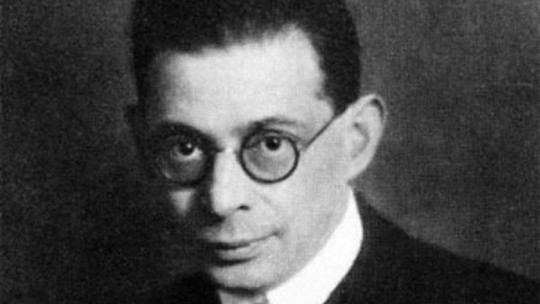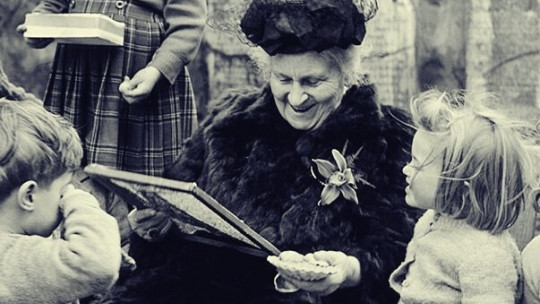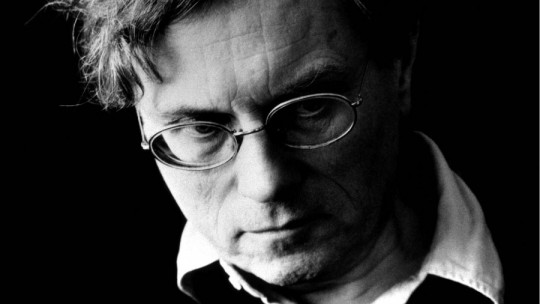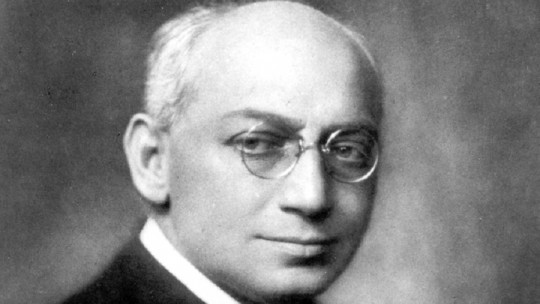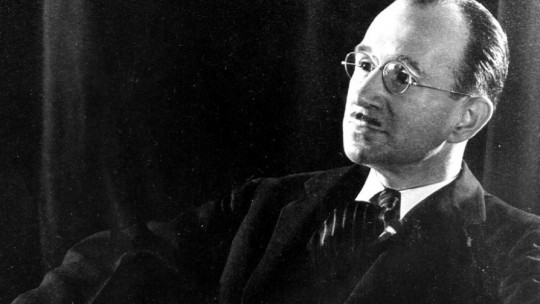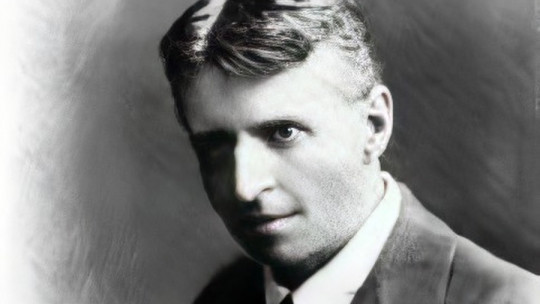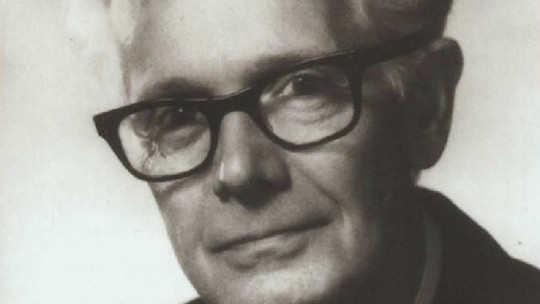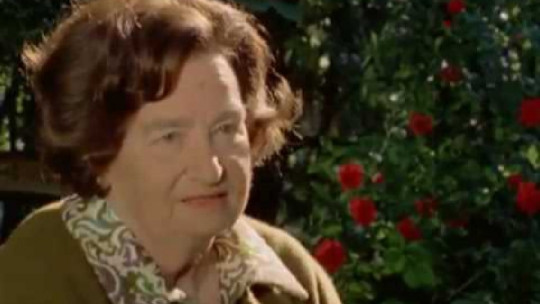
Dora Maria Kalff was a psychologist, a follower of Carl Jung’s model of analytical psychology and also of the child psychiatrist Margarita Lowenfeld and his global technique, so that his way of working in psychotherapy was based on the development of a non-verbal space that enables the expression of the unconscious freely.
In addition, he became popular worldwide thanks to the creation of his sandbox technique or Sandplay; a tool that has been used in psychotherapy since the 1950s in order to address unconscious conflicts, through symbolic representation by creating scenes with figures and a sandbox, the interior of which is painted blue with the purpose of symbolizing the sea and the sky.
In this biography of Dora Maria Kalff We will see who this researcher was and what were the most important events in her life and what her sandbox or Sandplay technique consists of.
Brief biography of Dora Maria Kalff
Dora Maria Kalff was a Jungian psychologist who became popular worldwide thanks to the creation of her sandbox technique; a tool that has been used in psychotherapy since the 1950s in order to address unconscious conflicts by representing the inner world of patients so that they can be helped to be aware of some relevant aspects to follow the direction towards healing on an emotional or psychic level.
Early years
Dora Maria Kalff was a psychologist who was born on December 21, 1904 in a small town in Switzerland, which is located 20 kilometers from the city of Zurich, called Richterswil. She had a difficult childhood due to a series of health problems that she suffered throughout this period, which caused him to not be able to spend enough time socializing and playing with other children. This is perhaps the reason why she was withdrawn and quite introspective, according to sources.
In the academic field, Dora Maria Kalff always stood out, since she was always very diligent in her studies; On the other hand, she mastered several languages other than her mother tongue, such as Latin or Greek, among others.
Later, Dora Maria Kalff He went to London to continue his studies at university managing to graduate with a degree in Philosophy.
Meeting with Carl Jung and his wife
Dora Maria Kalff was still advancing with her work and training when, at the age of 45, she personally met Carl Jung and his wife, Emma. This meeting was very stimulating for Kalff, and the couple felt pleasantly impressed, so they encouraged Dora Maria Kalff to continue her training within the field of analytical psychology. For it He would later enroll in a center that was leading in this at that time, the Küsnacht Institute of London, which had been founded in 1928.
Specialized training
It is worth highlighting the child psychiatrist Margarita Lowenfeld, who was very influential for Dora after the latter attended a conference he gave in 1954 and which dealt with a therapeutic technique that he had developed, known as the “world technique.” This technique had been devised in order to help children express themselves through miniature figures; serving as inspiration for the later work of Dora Maria Kalff.
After this meeting, Dora Maria Kalff did not stop training and researching, becoming especially interested in the analysis of the language of the unconscious In addition, she quickly demonstrated great aptitude for dealing especially with children, something that Jung and his wife witnessed, which is why they encouraged Dora to focus especially on therapeutic work with children, this being the first step towards path of developing your therapeutic sandbox model.
At the Küsnacht Institute, Dora Maria Kalff studied for 6 long years, receiving good training and during which she met very important people in the field of psychotherapy such as DW Winnicott or M. Fordham, among others.
Return to his native country
When Dora Maria Kalff returned to Switzerland, launched the development of the technique for which she became famous, the Sandplay method or the sandbox, based on the influence of Carl Jung and Margarita Lowenfeld. His idea when developing this technique was that there was a quite notable correlation between what children did with toys in the sandboxes in the park and a series of concepts raised in Jungian theory.
In 1966, he published a book titled “Sandplay: A Psychotherapeutic Approach to the Psyche,” in which he talked about the therapeutic method he had developed, focusing primarily on psychotherapy with children.
On the other hand, it is worth mentioning that Dora Maria Kalff He was interested in Eastern philosophy and, more specifically, in Tibetan Buddhism, Zen Buddhism and Taoism, which influenced his attitude when working in therapy with patients. In addition, he wrote a book related to these topics entitled “Tibetan Buddhism and Taoism” and that can serve to deepen the understanding of his sandbox technique.

The Sandplay or sandbox method became increasingly popular, so Dora Maria Kalff had to travel around Europe, America and Japan in order to train new therapists so that they could apply her method. Furthermore, in the 80s he met with several professionals who were specialized in his method in order to continue promoting said method and this led to him having to develop a more formal structure that could enable practice in a more standardized way and thus facilitate its study by other professionals and students.
His legacy
Dora Maria Kalff died in her native country in 1990 leaving a remarkable legacy within the field of psychotherapy, since his famous sandbox or Sandplay technique is still used today around the world.
In addition, an International Society for Sandbox Therapy has been created, which was founded by her in 1985 in the city of Zurich and which continues to operate today. At its headquarters, future qualified professionals are trained in the use of the Sandplay method.
What is the Sandplay or sandbox method?
Dora Maria Kalff’s well-known Sandplay or sandbox method is designed to be applied by a qualified professional who, before being able to apply the sandbox to other people, should have previously gone through this therapeutic process. Furthermore, this professional should be a psychologist, psychiatrist or doctor, this being the minimum requirement required to be qualified in the use of this method.
On the other hand, the Sandplay method was developed in order to access the contents of the unconscious level of both children and adults To put this model into practice, a wooden box and a series of figures are used that the participants must choose and offer in the most complete way possible, so that it could be a representative sample of all beings, both animate and inanimate. , which we could find both in the external world and in the internal world of the imagination.
It is worth mentioning that the sandbox, despite what it may seem at first, is a fairly simple tool, since it is simply a tray or box that should be full of sand without it overflowing. Later, when carrying out a session with a patient, this You should begin by selecting a series of figures and objects that will serve to represent a series of scenes that are as similar as possible to your dreams.
The psychotherapist should encourage the development of a facilitating environment so that the patient opens up when it comes to using both the sandbox and the figures to express themselves and thus show possible dreams, conversations or any imaginative representation that could show something relevant.
While the patient carries out this representation, the therapist should be in charge of observing without intervening nor make an interpretation or analysis of what he does with the figures. Instead, the therapist should pay attention to what the patient comments during the representation in order to decide, based on what the patient comments, whether an analysis is necessary.

